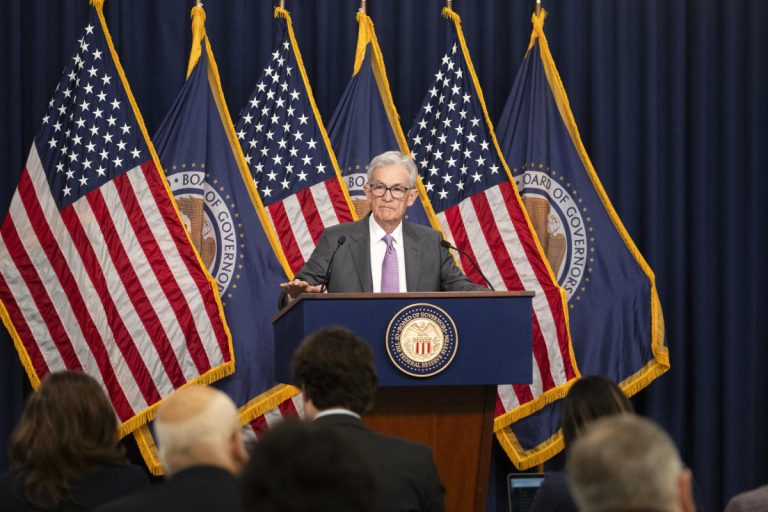Here is the summary of today’s Morning Brief, which you can register to receive in your mailbox every morning accompanied by:
It’s a cliché in financial markets to think that a “Goldilocks” economy is good for stocks. Over the past 18 months, an economy that has consistently defied pessimistic expectations has swept aside any prognosticators who feared it was “too cold.”
And investors are once again looking for that economic Goldilocks sweet spot, that sweet spot where inflation has finally started to slow but the job market isn’t collapsing.
But that’s getting harder to find after last month’s jobs report missed forecasts. JOLTS data for Wednesdaywhich posted the lowest number of job openings since 2021, only cooled the situation further. And investors are now bracing for Friday’s employment figures.
The JOLTS report sent federal funds futures prices higher, which had been pricing in a half-percentage-point rate cut at the Federal Reserve’s meeting this month. Between the anticipation of monetary stimulus and the fact that stocks fell Tuesday, the stock market reaction was muted.
Investors would like to see rates lower. But they should be careful what they wish for. A half-point rate cut because of a more abrupt weakening in the jobs market should give them pause.
A 50 basis point rate cut “would send the wrong signal to the market that the Fed is more concerned about recession than inflation,” David Sekera, Morningstar’s chief U.S. market strategist, said in a note to Yahoo Finance. “In that case, stocks could see an even bigger decline.” (See our interview with David Sekera) here.)
In other words, a 50 basis point reduction would be the equivalent of the pilot pressing the button to deploy the oxygen masks – not exactly a recipe for a “soft landing.”
Others are also nervous. Andrew Hollenhorst, Citigroup’s chief U.S. economist, suggested the market was in denial about the weakness in the labor market, just as it was about « transitory » inflation.
“Every month there was a new story about why it shouldn’t be taken seriously,” he told Yahoo Finance in a statement. interview“That’s kind of what it feels like because the unemployment rate didn’t just go up in July; it’s been going up for almost six months, if not longer. And it’s been going up consistently in each of the last four jobs reports. So no matter what number comes out on a Friday of any given month, we still have a series of data that tells us that the labor market is weakening.”
This soft landing, this ideal equilibrium model we find ourselves in, may be just a mirage before something more sinister. But on the other hand, moderating inflation gives the Fed new arrows in its quiver as it looks toward the other half of its mandate. And that’s a good thing.
Click here for an in-depth analysis of the latest stock market news and events moving stock prices
Read the latest financial and business news from Yahoo Finance



